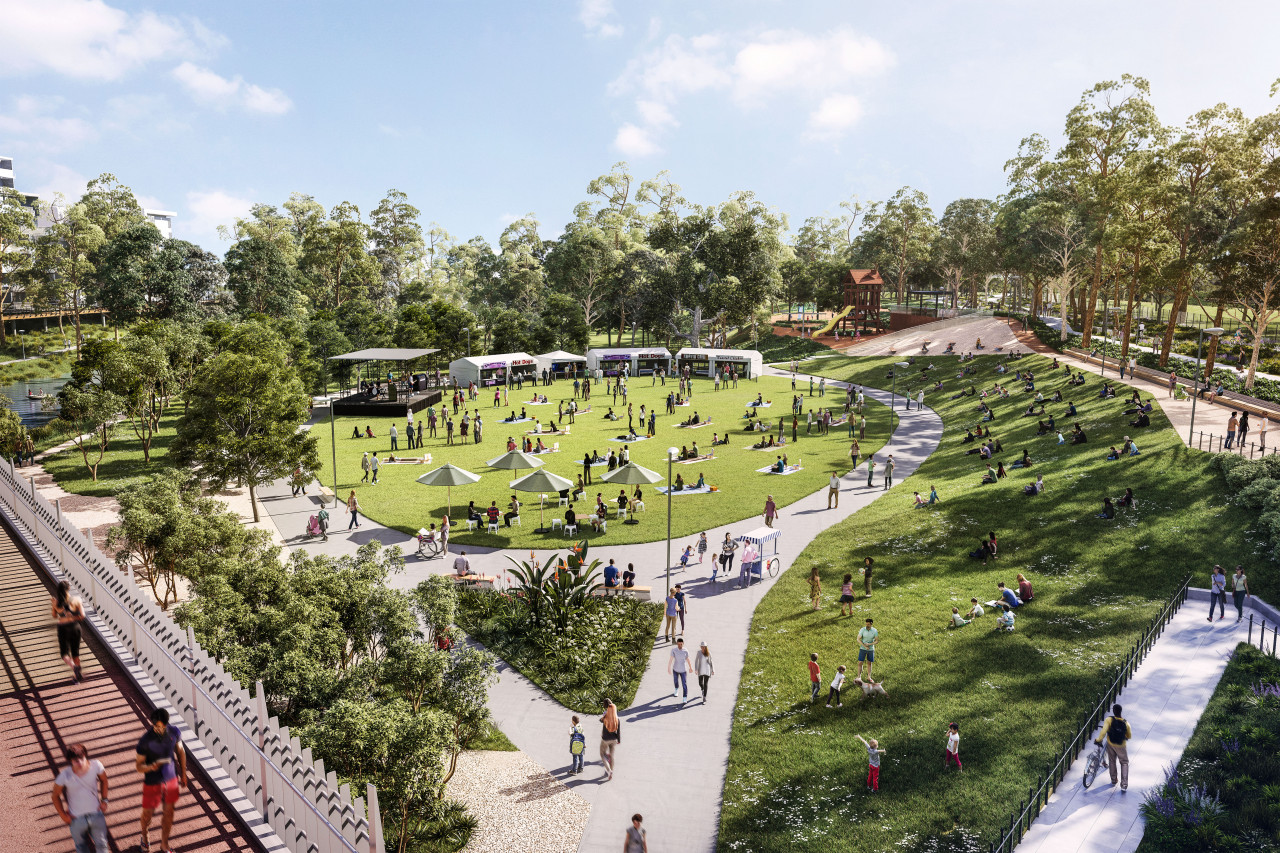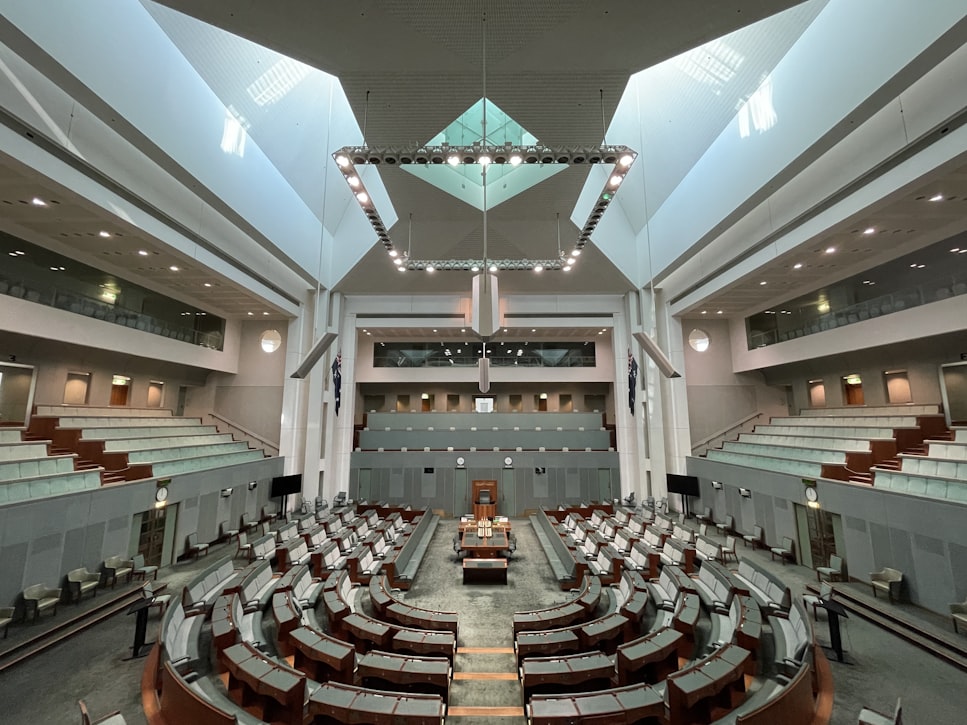
In 75 years since the liberation of Auschwitz, tourism is alive and growing at notorious Nazi death camps.
In a new book studying the main Holocaust-themed tourist sites, Flinders University senior criminology lecturer Associate Professor Derek Dalton drills into the intriguing topic of ‘Holocaust tourism’, focusing on seven main sites in Germany and dozens of memorials, including Anne Frank’s House in Amsterdam.
He found sites such as Dachau and Auschwitz-Birkenau are rising, in part from a new generation of young travellers and cheap travel options, but the gruesome attraction of these sites is unchanged.
How does he explain the enduring fascination with these places?
“The Holocaust is an event that largely defies representation and language, and yet as unimaginably horrific as it was, we crave exposure to it (and its largely faceless victims),” Associate Professor Dalton says.
“Films and books lure us to Holocaust tourist and memorial sites but the paradox is that while we try to better understand the unfathomable, we might only better but never fully comprehend it.”
Most memorials seek to engage the senses and capture what has been lost, he says.
“So a sculpture of an abandoned room in a park in Berlin disrupts the present – drags us back to the 1940s – and forces us to empathise with the people long since departed and murdered.
“It’s as though a crime of such magnitude should intrude on our consciousness in the safety of the present, which is a fitting penance for all of ‘us’.
“It’s not about guilt or shame or any other negative emotion. It’s more about respect for the dead and remembering that ‘it’ (the Holocaust) happened.”
In a new book, entitled Encountering Nazi Tourism Sites (published by Taylor & Francis, Routledge), Dr Dalton explores how Germany deals with the legacies of the Holocaust at Holocaust sites, museums and memorials.
“I found that Holocaust-themed tourism is arguably more popular than it has ever been, perhaps augmented by the explosion in general tourism in Europe with cheap flights,” he says.
“It’s not so much about morbidity or voyeurism for most people but more about a reverential respect to see the remains of ‘history’.
“I argue that most Holocaust tourists are not ‘dark tourists’. They are just regular tourists interested in the legacies of the genocide.”
As such, Dachau remains the most popular concentration camp for tourism, while the lesser known Bergen-Belsen memorial museum offers a difference experience where nature abounds around the powerful memorial museum in the former camp.
“For others, The Wannsee House runs classes for public servants and doctors to reinforce that what happened with the abuse of laws and civil powers could readily occur again if people are not vigilant about history.
“While previous generations who may have been alive or born after the war are more ‘touchy’ about this history, the young seem to ‘get’ that the legacy of mass murder must invariably be remembered in ‘sensitive’ memorial sites to act as a ‘warning’ of sorts to future generations.”
Sadly, Dr Dalton says civil wars, genocides and mass murders continue.
“People describing detention camps such as Nauru and Manus Island ‘offshore processing centres’ as ‘quasi-concentration camps’ also reflects perhaps we haven’t learnt from history – when inhumane treatment of people is taking place right under our gaze (and not in the distant past).”







